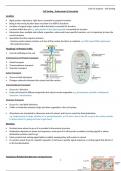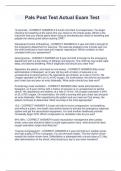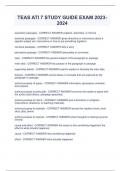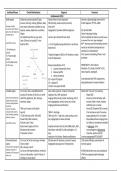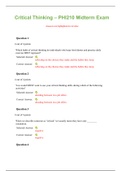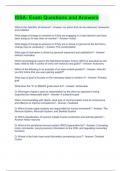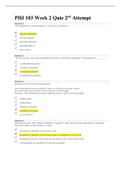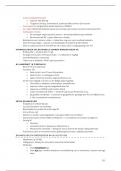Lecture notes
Cell Sorting (Biomedical Science)
- Module
- Cells To Systems (BB4CTS)
- Institution
- Aston University, Birmingham (Aston)
This document provides a detailed exploration of cell sorting through endocytosis and exocytosis processes, emphasising the crucial role of protein localisation within cells and their transport mechanisms.
[Show more]
